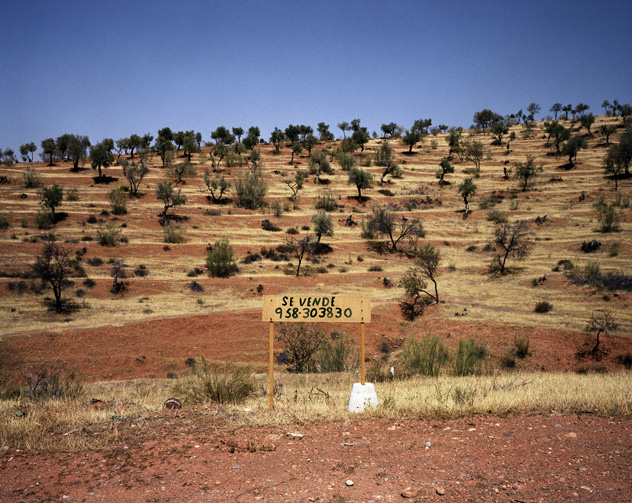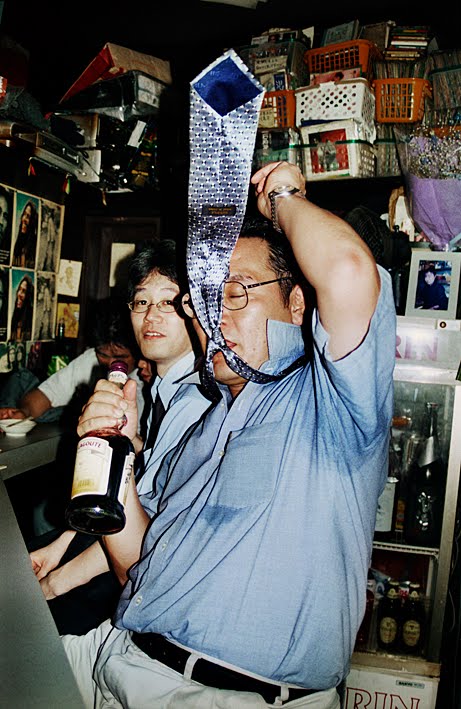 One of the most worn clichés in the realm of photography is the notion that a photographic portrait can somehow "capture the essence" of its subject. This has always struck me as pretty problematic; the idea that there is a moment that can be captured on film that encapsulates some fundamental truth about us, about who we really are seems to be a little reductive... I have always liked to think there was more to me than that. I can understand a photographer's search for an image in which the subject is as natural as possible, forgets the camera and maybe even themselves. However, this may not be any more revealing about the person being photographed than an image in which the subject is playing to the camera, showing another side of themselves in the process.
One of the most worn clichés in the realm of photography is the notion that a photographic portrait can somehow "capture the essence" of its subject. This has always struck me as pretty problematic; the idea that there is a moment that can be captured on film that encapsulates some fundamental truth about us, about who we really are seems to be a little reductive... I have always liked to think there was more to me than that. I can understand a photographer's search for an image in which the subject is as natural as possible, forgets the camera and maybe even themselves. However, this may not be any more revealing about the person being photographed than an image in which the subject is playing to the camera, showing another side of themselves in the process.
Whatever your take on the ability of a photograph to capture someone's essence, it turns out that there is a camera that is built to capture something pretty close to it. The aura camera was developed by an American scientist in an attempt to record what psychics might see (or perhaps those that are fond of the odd acidic experiment) when they look at someone's aura. Carlo Van de Roer's Portrait Machine project makes use of the aura camera to show us a few celebrity and other lesser-known auras and raise some interesting questions about the photographic portrait and the roles of the subject, the photographer and the viewer. The camera works by connecting the subject "directly to the camera by hand-plates that measure biofeedback, which the camera depicts as an aura of color in the Polaroid and translates into a printed diagram and description explaining the camera's interpretation of the subject. It also explains separately, what the the subject is expressing and how they are seen by others. ... This printout, which includes information about the subjects emotions, potential, aspirations, future, etc. is presented to the viewer along with each photograph". Click here to see the camera's description of Yoko Okutsu's remarkable aura (above).
If you are feeling inspired by Carlo Van de Roer's work, you might want to try out aura photography for yourself. Luckily it turns out that there is an online specialist aura camera store through which you can buy yourself the necessary equipment. The aura camera is currently discounted to a mere $3,497.00 (a remarkably specific price) and even better, their latest 3.1 version doesn't require those cumbersome hand plates and is a "nicer black color" than the previous one. What on earth are you waiting for?







